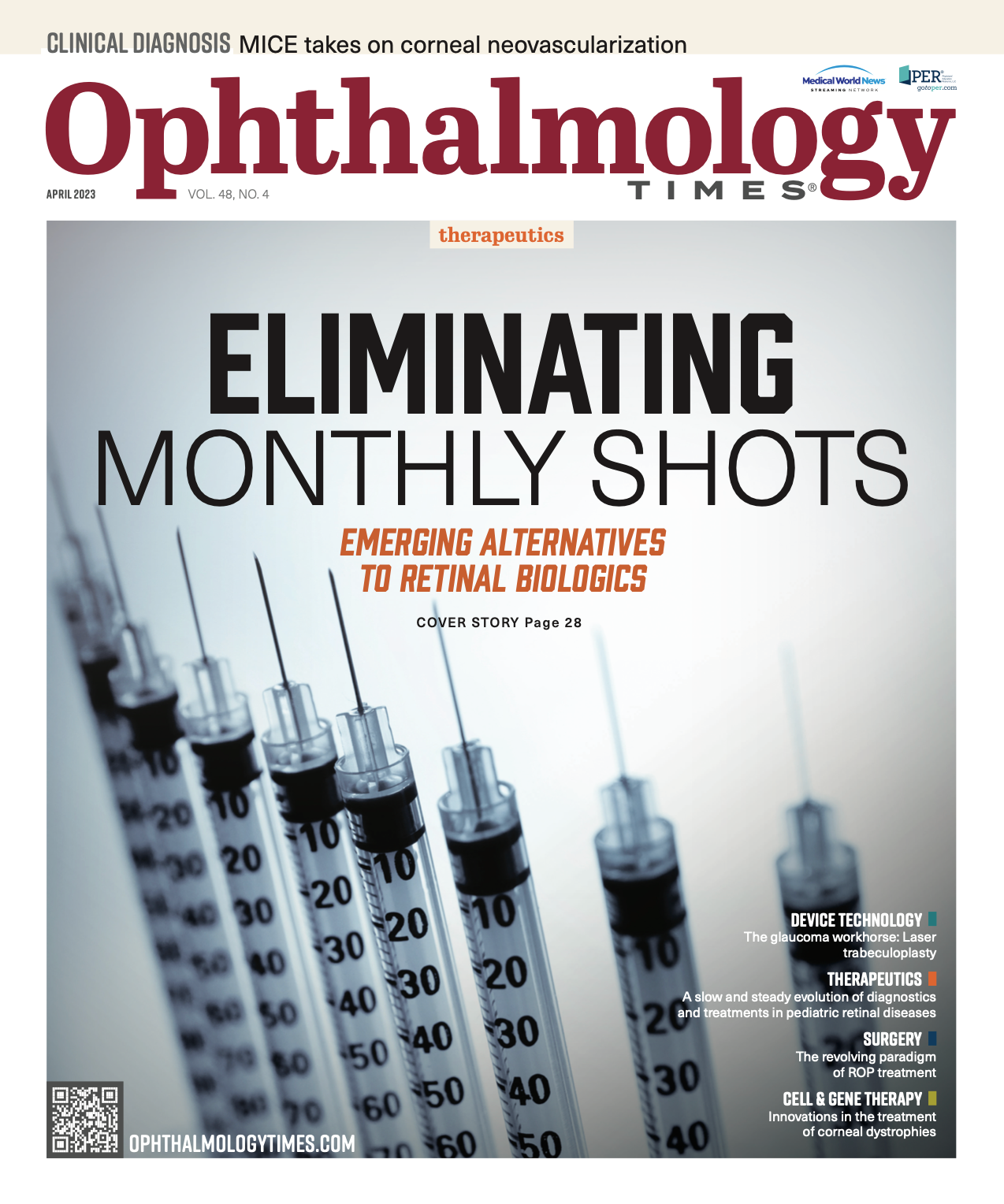Publication
Article
Digital Edition
Treating AMD and Alzheimer’s disease with low-dose anti-HIV drug
Author(s):
Efavirenz boosts cholesterol turnover in retina, brain.
(Image Credit: AdobeStock/Robert Kneschke)

Reviewed by Irina Pikuleva, PhD
An agent that enhances brain and retinal cholesterol turnover has the potential to prevent and facilitate early treatment of age-related macular degeneration (AMD), according to Irina Pikuleva, PhD.
Pikuleva is the Carl F. Asseff professor and vice chair for research at the Case Western Reserve University Department of Ophthalmology and Visual Sciences and director of the Visual Sciences Research Center at the same university, in Cleveland.
She described her work at the Eye Bank Foundation Virtual Vision Symposium, explaining that she and her colleagues are studying early AMD and Alzheimer's disease (AD), the former being characterized by drusen and subretinal drusenoid deposits that are full of cholesterol. “Our data,” she said, “suggest that there is the possibility of finding therapies that can simultaneously treat both…diseases.”
The drug, efavirenz (Sustiva; Bristol Myers Squibb), was originally approved by the FDA in the late 1990s to control viral HIV load. At the standard oral dose of 600 mg daily, efavirenz targets HIV reverse transcriptase enzyme and prevents viral replication. However, at this dose it also has frequent central nervous system side effects.
Pikuleva’s lab discovered that a low dose of efavirenz activates CYP46A1, a major cholesterol-eliminating enzyme, in both the brain and the retina, and this in turn increases production of the cholesterol elimination product 24S-hydroxycholesterol. When efavirenz was administered to mice at a very small dose—some hundred times lower than that for HIV—investigators found that it had beneficial effects on the brain of a murine model of AD.
On spectral-domain optical coherence tomography, researchers saw that 35% of the mice had retinal abnormalities (blood vessel leakage) that they determined had been inherited via creation of the mouse model. An evaluation of the mice treated with efavirenz for approximately 6 months revealed significant changes in blood vessel leakage and a substantial decrease in the size of subretinal deposits in those with abnormalities.1
In the pilot study of 4 patients with AD, 50-mg and 200-mg daily doses of efavirenz were tested to determine whether the drug activates CYP46A1 in the brain and to evaluate its safety on a geriatric population. “In every patient,” Pikuleva reported, both doses “increased levels of 24S-hydroxycholesterol compared with baseline.”
When the drug was discontinued, levels of 24S-hydroxycholesterol decreased. The results suggest that efavirenz should be considered as a potential treatment for AD as well as AMD.
Irina Pikuleva, PhD
E: irina.pikuleva@case.edu
Dr Pikuleva has no financial interest related to this subject matter to disclose.
Reference:
1. El-Darzi N, Mast N, Buchner, et al.Low-dose anti-HIV drug efavirenz mitigates retinal vascular lesions in a mouse model of Alzheimer’s disease. Front Pharmacol. 2022;13:902254. doi:10.3389/fphar.2022.902254

Newsletter
Don’t miss out—get Ophthalmology Times updates on the latest clinical advancements and expert interviews, straight to your inbox.





